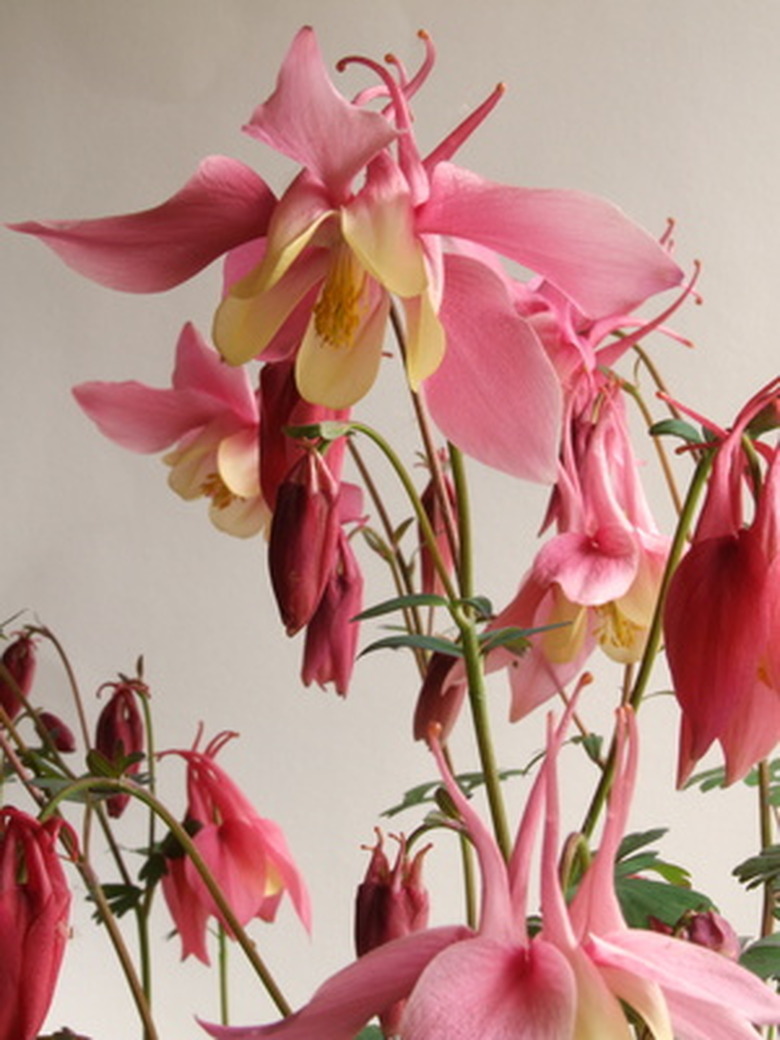Plant Identification In Maine
Maine is a mountainous and heavily-wooded state. Parts of Maine's great wilderness remain unexplored to this day. Identifying plants in Maine means recognizing the variety of ecosystems in the state. Smaller ecosystems include mountain meadows, wetlands and shorelines. The Maine Department of Conservation recognizes 24 different ecosystems and 198 kinds of natural communities. More than 300 plants appear on the state's rare, threatened or endangered plants lists. Whether you are a home gardener, a resident interested in sustainability and native growth, a hiker, camper, an environmentalist or just a lover of the outdoors, learning about Maine's native plants can make you a better steward of Maine's remarkable biodiversity.
- Maine is a mountainous and heavily-wooded state.
- The Maine Department of Conservation recognizes 24 different ecosystems and 198 kinds of natural communities.
Woodland Priorities
The Maine State Department of Conservation's Forest Service notes that 90 percent of Maine is once again covered in forest–after years of settlement, logging and regrowth. The department also notes that fully a third of Maine's forests are on private land. Encouraging and enforcing state policies that protect forest land involves an active dialogue among lumber companies, developers and individuals. The strength of that mission is exemplified by a Labor Day firewood exchange that seeks to prevent dangerous insects or diseases from being carried into Maine from other states.
Information on Trees
The University of Maine Cooperative Extension distributes information on Maine's evergreen and deciduous trees, including trees suitable for residential planting. The Maine Tree Club conducts outings and provides fact sheets on 50 different trees for a modest fee. This outreach project encourages both long-time and newer residents to learn more about Maine's trees. The University Cooperative Extension also offers classes, soil-testing and farm and garden information.
- The Maine State Department of Conservation's Forest Service notes that 90 percent of Maine is once again covered in forest–after years of settlement, logging and regrowth.
- The University of Maine Cooperative Extension distributes information on Maine's evergreen and deciduous trees, including trees suitable for residential planting.
Coastal Area Plants
As important to Maine as its forests, meadows and wetlands are the ecosystems of the state's extensive sea coast. Coastal Maine Botanical Gardens keeps track of native plants along the coast, and publicizes issues threatening their continuing vitality, and the interrelationships between coastal areas and human residents. Established by private philanthropy and expanded by a grant from the Pine Tree Conservation Fund, the CMBG is distinguished by nearly a mile of shore front and its mission to become the major nature education and horticultural resource for the Boothbay region.
Rare Plants
As residential and recreational expansion impact Maine's coast and its inland areas, both rare and invasive plants have become a bigger problem. The Maine Department of Conservation's Natural Areas Program–"Focus Areas"–is an example of information available to residents, developers and environmental groups. Focus Areas offers a Google map and a text description of ecological issues and concerns, including rarity ratings for native plants and wildlife and preservation strategies. The conservation department also maintains definitive lists of rare plants and wildlife.
- As important to Maine as its forests, meadows and wetlands are the ecosystems of the state's extensive sea coast.
- Established by private philanthropy and expanded by a grant from the Pine Tree Conservation Fund, the CMBG is distinguished by nearly a mile of shore front and its mission to become the major nature education and horticultural resource for the Boothbay region.
Invasive Plants
The University of Maine Extension also has produced a 22-brochure series of native ecosystems. The Department of Environmental Protection also is taking an aggressive stance, listing banned and reportable aquatic invasives and creating a rapid-response strategy to combat infestations. Information is available to residents, educational institutions and conservation organizations.
Enjoying Maine's Biodiversity
Hobby photographer Gerry Williamson's U.S. Wildflowers website has more than 120 pictures of extant Maine wildflowers. This resource uses a very old organizational system for flower research: Wildflowers are sorted by colors. Williamson's state reference page includes native plant organizations that he has used as guides Finally, the Lady Bird Johnson Wildflower Center publishes an online list of 90 native Maine plants recommended for planting in yards and communities.
